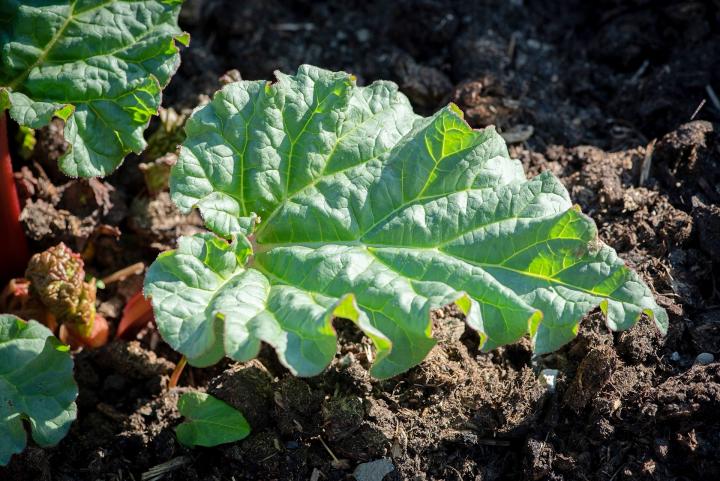
Planting, Growing, and Harvesting Rhubarb
Check out our list of best rhubarb recipes to put your fresh rhubarb to good use! Plus, learn how to make a rhubarb tonic.
ADVERTISEMENT
Can we use the leaves, & trimmings after we prune our rhubarb in the compost & mulch for that rhubarb?
They could be used as mulch as long as they aren’t diseased, but it would be better to use something like straw instead. It offers better protection.
When is the best time to pick rhubarb and once it goes to seed at the top, what is the best thing to do?
Rhubarb is best when it’s fresh in the spring or early summer. The older stalks may become too fibrous after that. It’s best to prune off the blooms or developing seeds so that the plant doesn’t waste energy.
My aunt wants to know if you plant the blooms off the rhubarb?











Comments